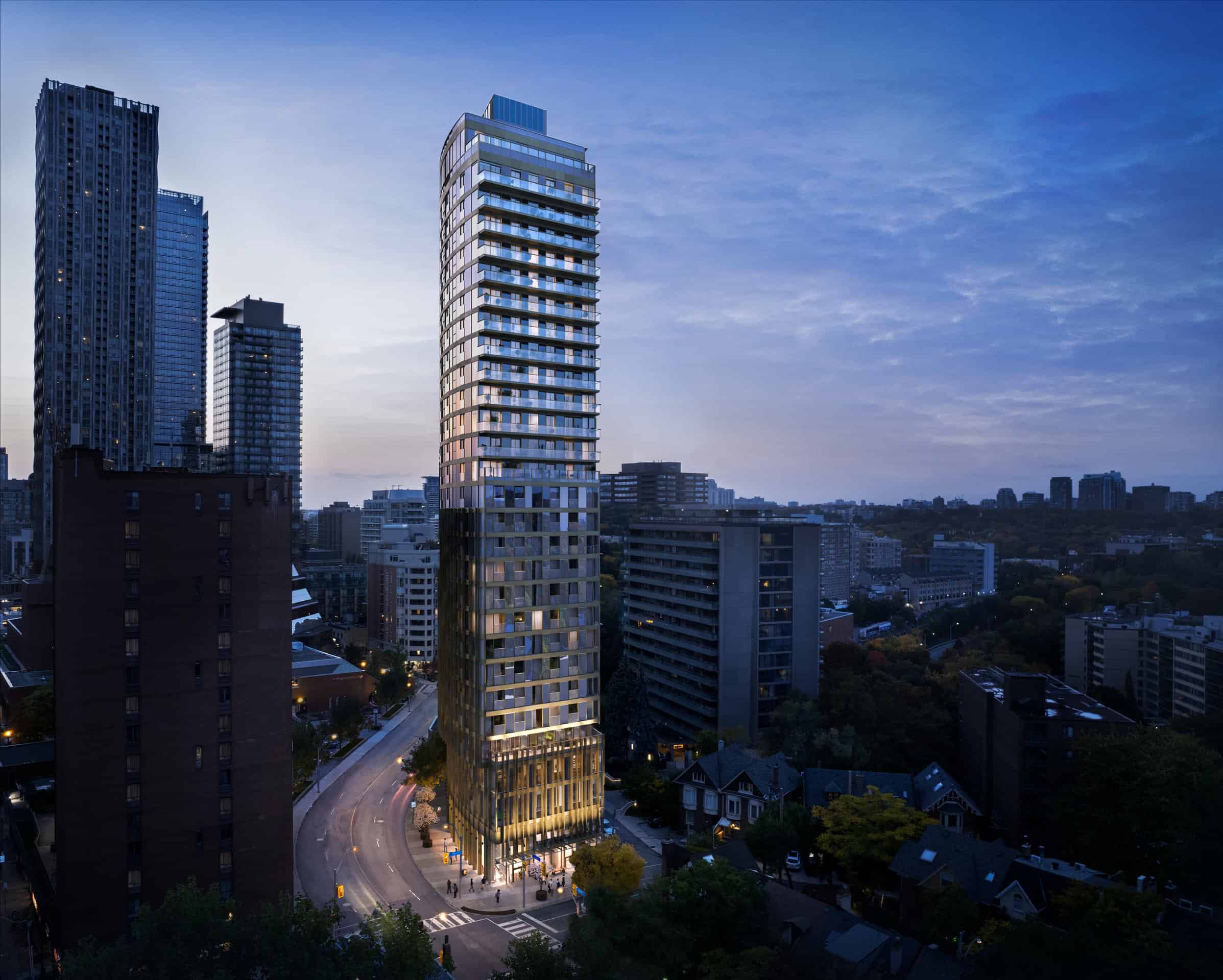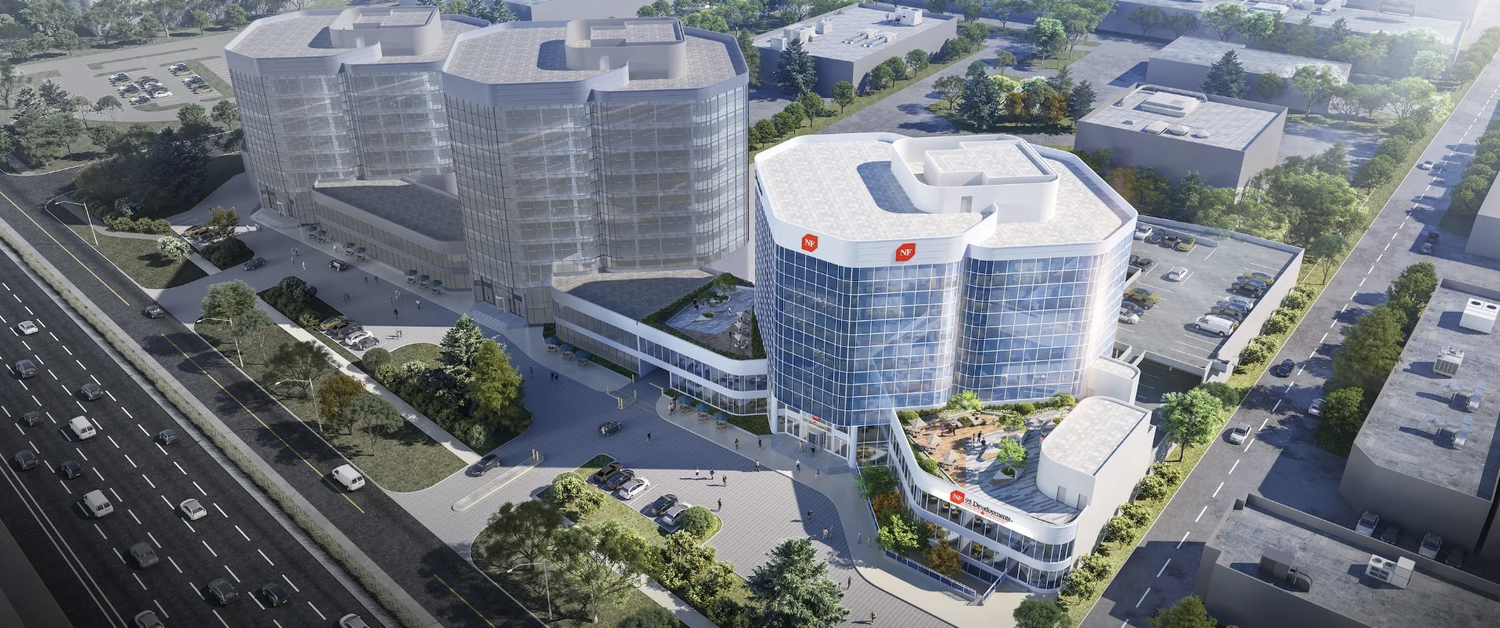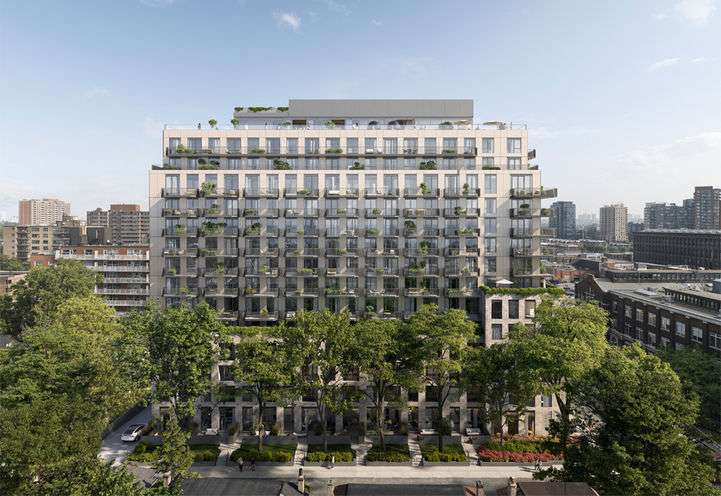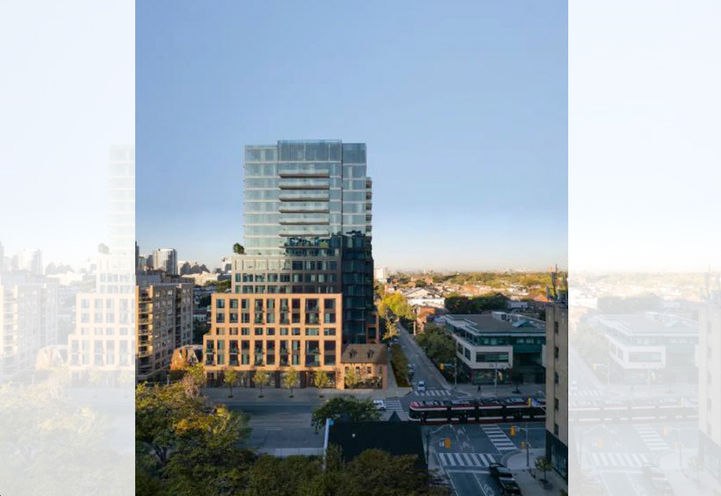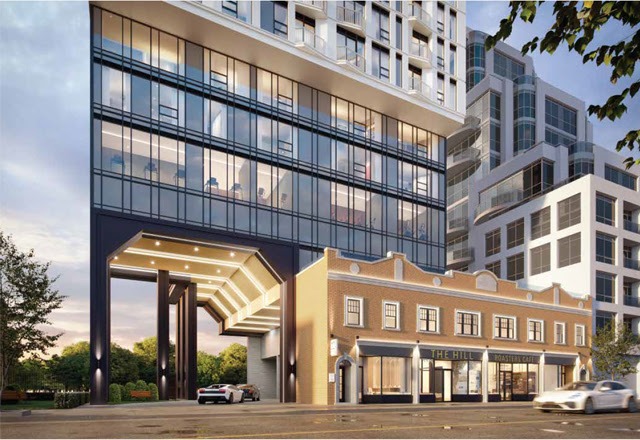In recent years, the city of Toronto has witnessed a remarkable transformation in its urban real estate landscape, driven by a shifting dynamic in housing preferences and the growing significance of public transportation. While proximity to public transit wasn’t always a key consideration for homebuyers, today it has become a defining factor in the real estate market.
Decades following World War II saw a suburban exodus as people sought larger, more natural environments, causing a decline in urban cores and leading to stigmatization. Downtown areas, including Toronto, fell into disrepair, and the appeal of urban living waned.
However, contemporary housing trends reflect a reversal of this phenomenon. Urban centers have reemerged as hubs of revitalization and investment. The quality of public transportation has become a central topic of political discourse, with billions of dollars being funneled into subway, light rail, and streetcar systems in cities like Toronto. This shift is not unique to Toronto but is a common trend in major Canadian cities as residents become increasingly aware of the economic and environmental benefits of efficient public transit.
The demand for proximity to public transit has driven up housing prices, particularly in Toronto, where condominiums have become a sought-after urban housing option. The allure of living downtown lies in the freedom it offers from the hassles of car ownership. Urban populations have swelled, and the inconveniences of car travel have become more pronounced. Consequently, Toronto’s skyline is punctuated with new condominium developments that align with the city’s transit expansion.
Millennials, in particular, have embraced urban living, motivated by the appeal of city life and a growing environmental consciousness. This unique demand for efficient public transportation has caused property prices to soar. While the premium may be steep, it’s a worthwhile investment. Properties located near public transit consistently appreciate at a rate higher than the average. They also exhibit resilience during economic downturns, as demonstrated in a study by the National Association of Realtors and the American Public Transportation Association.
For property owners seeking rental income, this trend presents a significant opportunity. Rental demand is robust in areas within walking distance of public transportation, as it offers convenience without the long-term commitment of ownership. Short-term rentals through platforms like Airbnb and VRBO also generate higher returns when situated near an urban core.
The urban migration trend shows no sign of slowing, particularly in Toronto. The strong and stable property values near public transportation make such real estate investments particularly attractive. Developers and buyers alike should consider this trend when making property investment decisions, as it’s not merely a reflection of the present but a projection of the future.

